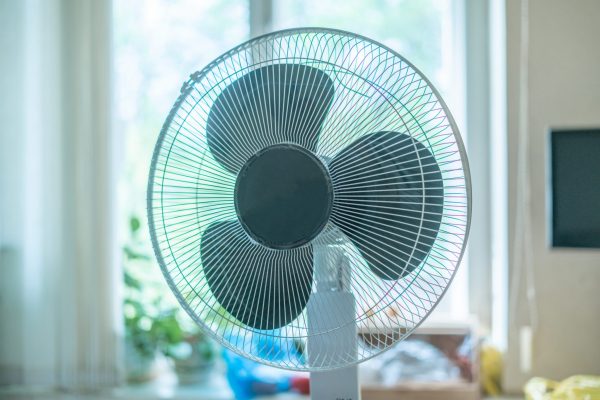Dearborn Public Schools is setting aside a large portion of the COVID relief money to improve air handling in schools, including hopefully adding or expanding air conditioning at several buildings.
At the Sept. 13, 2021 Board of Education meeting, trustees approved two architectural contracts to plan for improving HVAC infrastructure across the district and to address capacity. These projects will include, but are not limited to, improving the air-quality in schools, adding air-conditioning, upgrading electrical systems, improving windows and replacing boilers. The district is estimating it will pay $3 million to Integrated Design Solutions over the next few years to help design HVAC solutions across the district. Another estimated $1 million will be used for French and Associates to look at renovating two buildings at Henry Ford College which are used for district programs including classes, offices and adult education.
The planning and renovations will be funded mostly with COVID-relief funding. Money will come directly from ESSERS III and indirectly from money the district was able to save by using previous COVID-relief programs to cover some expenses, said Thomas Wall, Executive Director of Business Services and Operations.
Funding from ESSERS – the Elementary and Secondary School Emergency Relief Fund – can only be spent on items in about a dozen categories related to the dealing with the pandemic. Improving heating, ventilation and air-conditioning (HVAC) systems is an eligible expense.
The district is still in the early planning stages and hasn’t finalized which buildings or projects will be targeted for improvements.
“We have a priority plan we as a district put together, but we are going to have to wait until the architects actually walk the buildings,” Wall said. As cost estimates come in, the district will have a better idea what work it can accomplish.
The district has set aside about $40 million to spend in ESSERS III funding before September of 2023.
A 2019 building evaluation concluded it would have cost more than $54 million at that time to install air conditioning throughout all of the district’s 32 school buildings The 2019 BRICS Bond included $580,000 to add or expand air conditioning at select schools, but the bond was not approved by voters. Millions of dollars in other items in the $240 million BRICS bond proposal related to HVAC work, and some of those may be included in the upcoming ESSERs projects. Construction costs have increased significantly in the last two years due to a shortage of employees, supplies and equipment in the construction industry.
Many of the district’s school buildings are old enough they rely on boilers and radiators for heat. That means air ducts would need to be added to carry air-conditioning through the building. Most buildings would also need major electrical systems upgrades to handle the heavy draw from air conditioning units.
The architects will help the district figure out which system will work best in each school.
“We have to make sure it’s the right fit for us,” Wall said. For example, even if the electrical system could handle it, adding individual AC units in classrooms would result in much higher maintenance and repair costs.
The biggest part of the HVAC work should occur next summer, with the rest finishing in the summer of 2023.
COVID-related funding from the federal and state governments has been released in waves, with each program having different requirements for how the money could be spent.
Dearborn Schools spent $26.2 million on the 2021 Summer Academic and Enrichment program, which was used by more than 8,400 students. Most of that cost was covered by COVID-relief funding.
Millions of dollars in COVID money also went to other allowed expenses last year, which in turn freed up some budgeted funds allowing the district to invest an additional $17 million (a total of $24 million) in building repairs and maintenance. Those funds are being added to the $40 million in ESSERS III funding set aside for the construction and maintenance projects over the next two years.

